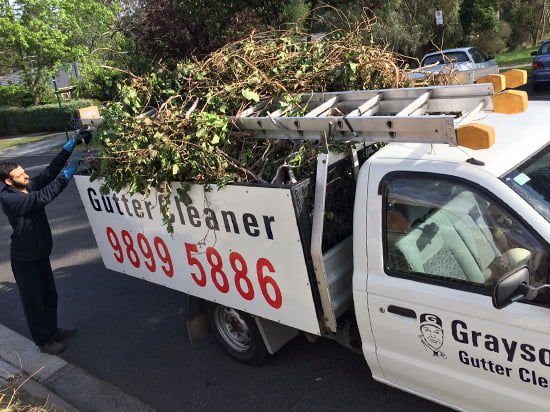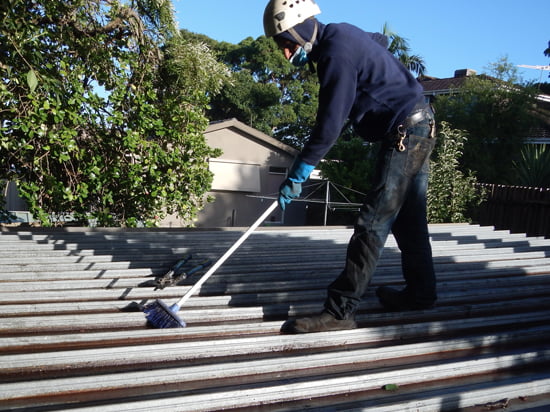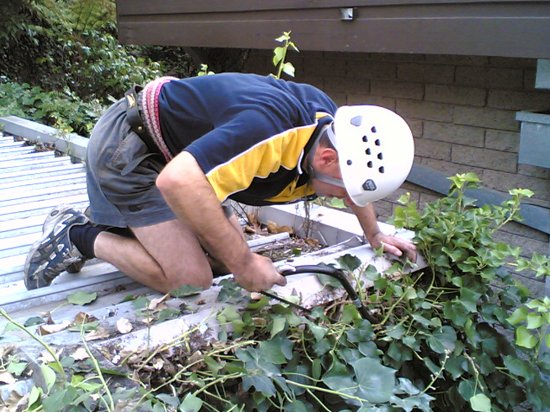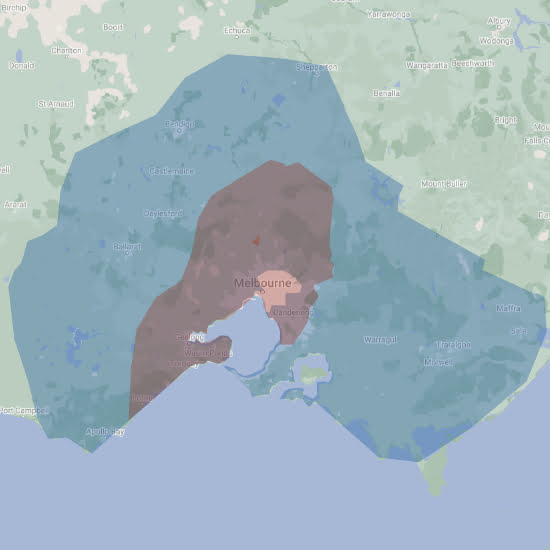Signs Your Downspout is Blocked Underground
We’ve been cleaning gutters for over two decades. We know that a clogged underground gutter drain can turn into an absolute nightmare. Not only can it cause issues with the gutter system itself, but it can also cause thousands of dollars of damage to homes, especially when foundational damage occurs. This is why it’s super important that you know what to look out for when/if a blockage happens. Every home or building property has an underground drainage system.
In this article, we’re going to provide some more background information about underground gutter drains themselves, and let you know how to spot a blockage. Let’s go!
What are underground gutter drains?
Underground gutter drains, also referred to as ‘French drains’ can be found in some, but not all, homes. Essentially, they run underground through trenches and work to redirect the flow of water away from the home, sometimes to the street or directly to the sewage line.
They’re very handy in areas that frequently have standing water, or in cases where the ground slopes towards the house, leading to internal seepage if left unchecked.
An underground gutter drain is designed and placed specifically to be the drainage point and installed on an angle with a slope of at least 1%, in order to work with gravity to move water out of problematic areas for the home.
How to tell if your underground drain pipe is clogged?
Leaky seams
Check out your gutter or downspout to see if it’s leaking or overflowing at the seams. Any sign of leakage or spray can indicate a blockage in the underground pipes below, forcing the water back up the system in the wrong direction.
Gutter spillage
In a similar fashion to leaky seams, gutters that are overflowing are a good indicator that the underground system is blocked and has backed up to the point of pushing the water backwards, rather than flowing it forwards.
The hose test
This is a great way to test for a blockage in preparation for a rainy season. Turn your hose on with full force and place the nozzle into your underground downspout system. If the water sprays back up or the downspout starts to overflow, you’ve likely got yourself a blockage.
Subfloor dampness and signs of flooding
If there are obvious pools of water in your backyard or under your house, or less visible signs of moisture in the lower floors of your home, e.g. the plaster just above the floor or skirting boards is damp to the touch, it probably means that your underground drainage system is blocked or not properly connected.


Check the exit point
Most underground drains will have a visible exit point. If you don’t notice any water flowing out while it’s raining, or after heavy rainfall, it’s definitely time to check for blockages in the system.
Keep in mind too that some of these same points could indicate a blockage elsewhere in the gutter system. It pays to keep an eye out across the board when it comes to drainage.
What kind of damage can a blocked underground gutter drain cause?
The short answer is… a heck of a lot!
Homeowners can often be up for thousands (even tens of thousands) of dollars of damage caused by broken or blocked underground gutter drain systems.
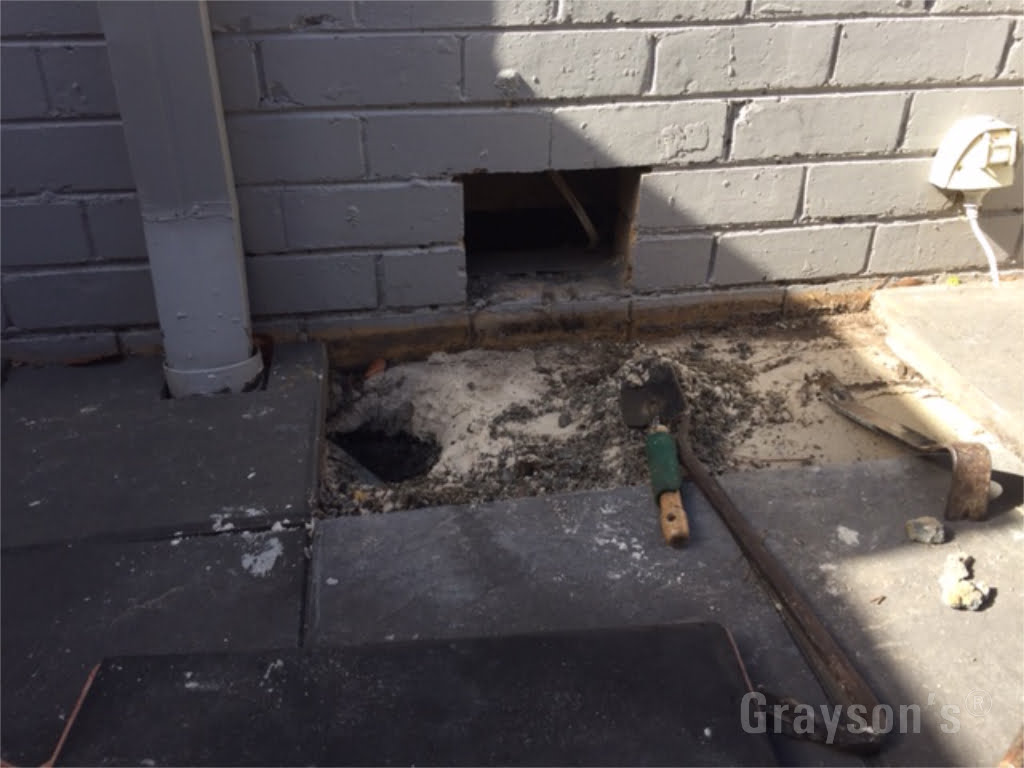

Broken gutters often occur when the sheer volume of water backed up in the drainpipes is too much weight for the gutters to bear. At that point, a burst gutter is the least of your problems because all that water has to go somewhere, leading to our next point…
Rising damp and rotting wood will develop in homes that have issues with blocked or broken drainage systems, simply because the water will either stand for long periods of time or overflow with burst gutters onto and into the home itself. When this happens, first mould and other nasties develop, then the wood begins to rot. Not only does this cost a lot to fix, but it’s also a major safety hazard for residents and guests.
One of the most expensive damages that homeowners tend to see with blocked underground drains is foundational damage. When the drainage system isn’t working properly, the water doesn’t drain away from the home, often gathering at the lowest points of the property. If this happens to be the foundations of your home, the standing water can make its way under the home causing it to seep into the home from beneath or, worse still, cause the home to start sinking into the ground.
How can I avoid blocked underground gutter drains?
The best thing you can do is regularly check for the signs mentioned above that may be telling you that you’ve got a blockage, or something isn’t connected right with the system.
It also pays to have a team of professional gutter technicians at hand who can help you look for signs of drainage issues when they visit to clean or maintain the gutters on your home.
If you’re located in Melbourne and want someone to swing by to help with gutter cleaning, the team here at Grayson’s Gutter Cleaning is always happy to do so, and to provide friendly advice surrounding the gutter systems that help protect your home.
Give us a call on 1300 GRAYSONS (1300 472 976) for a quote today!



